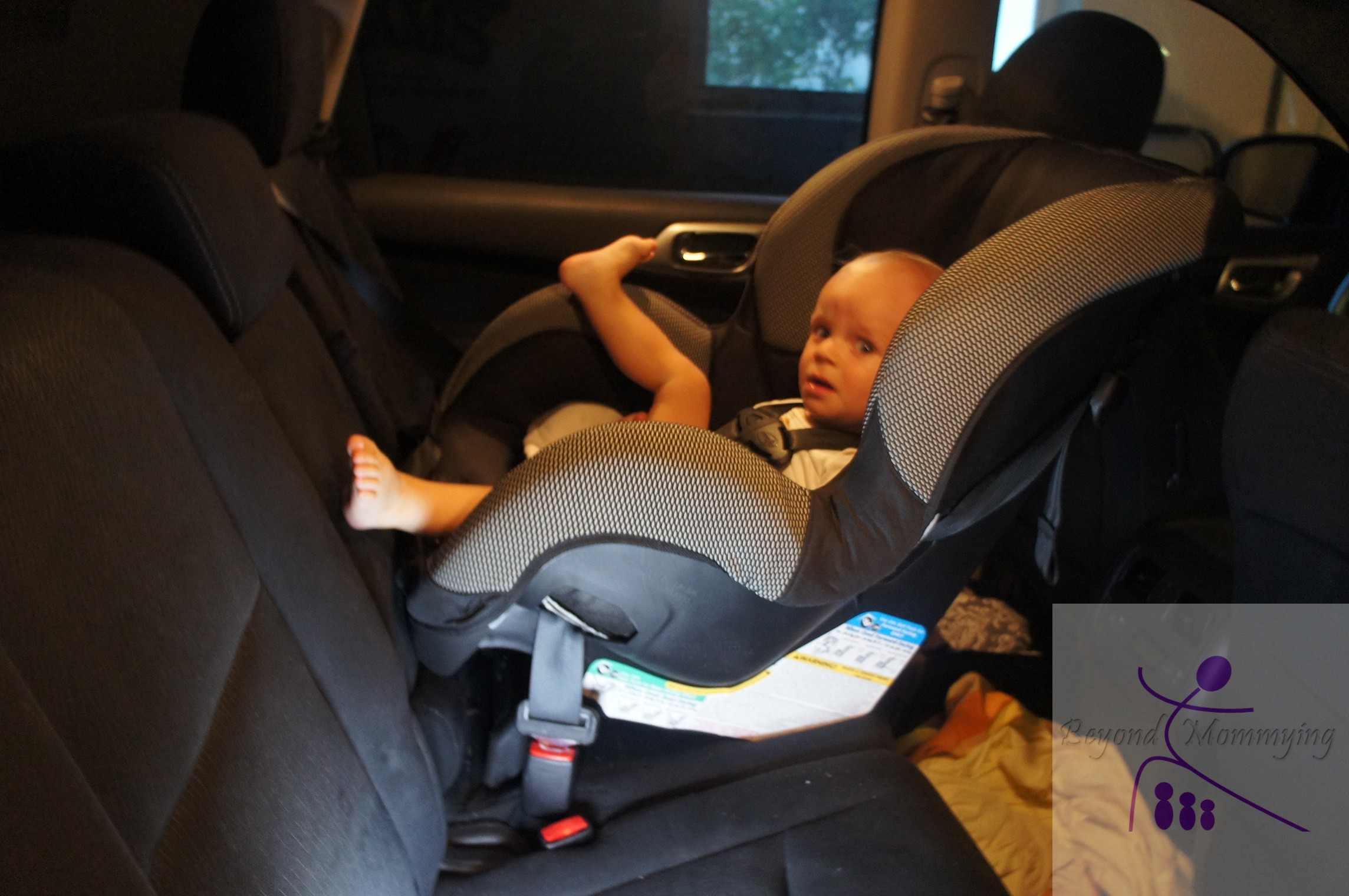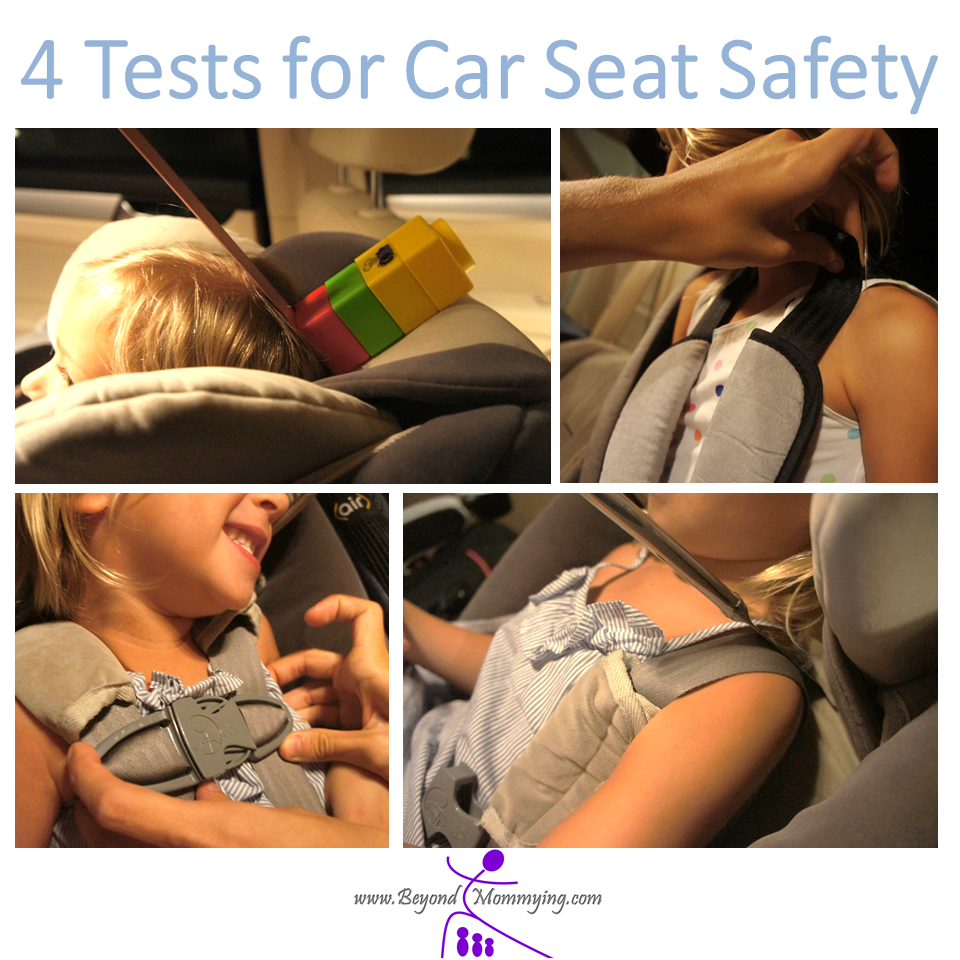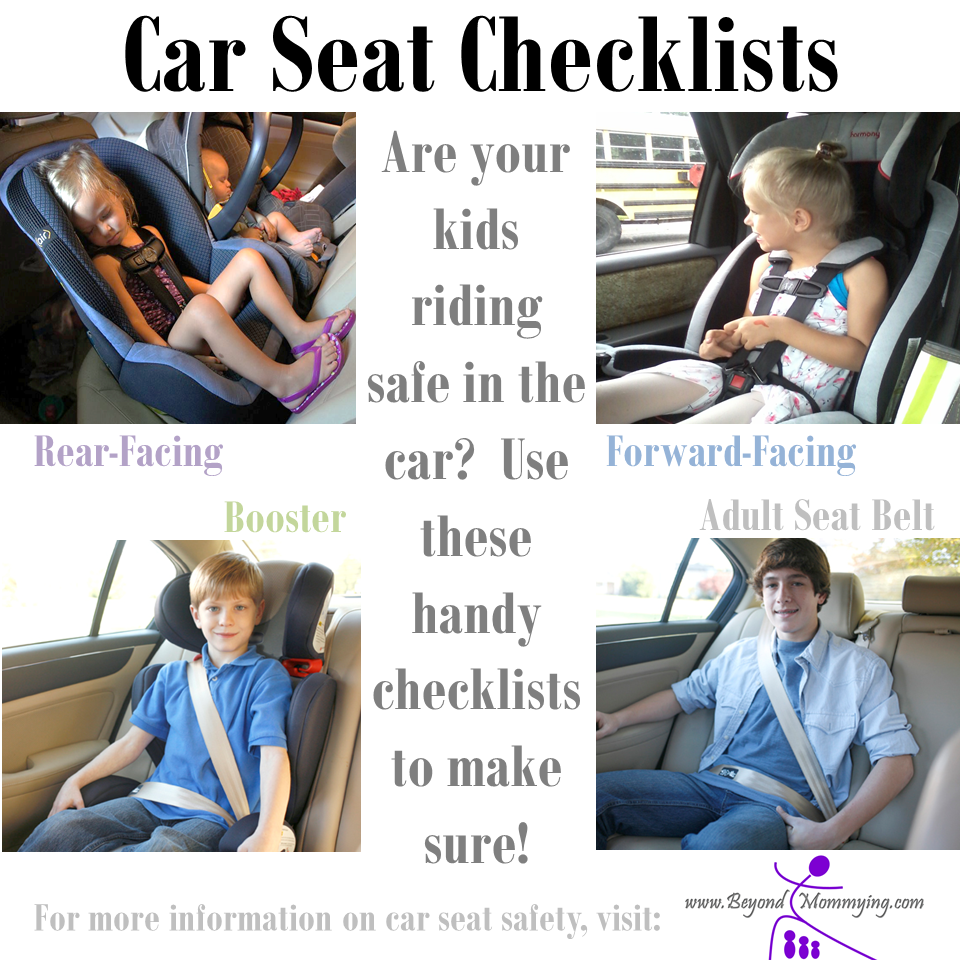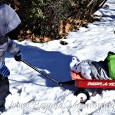Even though I’m a self-proclaimed “Car Seat Fanatic”, I’m far from an expert. I recently joined a Facebook group focused on child car seat safety and even I have learned so much. While I haven’t made any changes to our car seat set-up and feel my children are (and pretty much always have been), I’ve learned things that will definitely affect the way I secure my children and car seats into the future.
A lot of people come to the group asking for advice on which car seat is best or safest. The general advice among Child Passenger Safety Technicians (CPSTs) is that the best car seat is the one that fits your child, fits your vehicle, and can be used properly every single time. Most everything new I’ve learned goes along those lines:
- Most importantly, the manual that came with your car seat and the manual that goes with your vehicle must be followed exactly. If the car seat manual or vehicle manual restricts something or requires something it’s because going against the rules could cause harm to your child.
- All child car seats meet the same safety standards and there are no ratings for which seat is safest. There is no research to show that the most expensive car seat protects a child any better than the cheapest. Installing a seat with LATCH is no safer than using the car seatbelt. Safest is whichever gives you the most secure install.
- You should not put anything between the child seat and car seat nor should you put anything between your child and the child seat or harness (other than lightweight clothes) unless it came with the seat. This includes bulky winter coats.
- While the American Academy of Pediatrics recommends rear facing all children to 2 years old, most experts recommend to rear face as close to 4 years old as possible.
- When forward facing, a harnessed seat is not safer than using a booster with the car seat belt so long as the child meets the size requirements of the booster, the seat belt fits properly and the child is mature enough to sit properly in the seat
- Not all car seats can be used in all cars or in all seats. For example:
- Few car seats allow “bracing” when rear facing. This refers to the child car seat resting on the front seats. Some car seats do not even allow touching the front car seat and some cars specifically prohibit anything touching the front seats.
- Forward facing car seats are safest when using a top tether anchor. Older model cars often don’t have the anchors but many cars can be retrofitted with the anchors if you contact a dealer.
- Some cars with 3rd row seating do not allow car seats to be used in the back row. You need to check the owner’s manual to see if the car seat type you intend to use is safe to use in the seating position you were planning to use.








